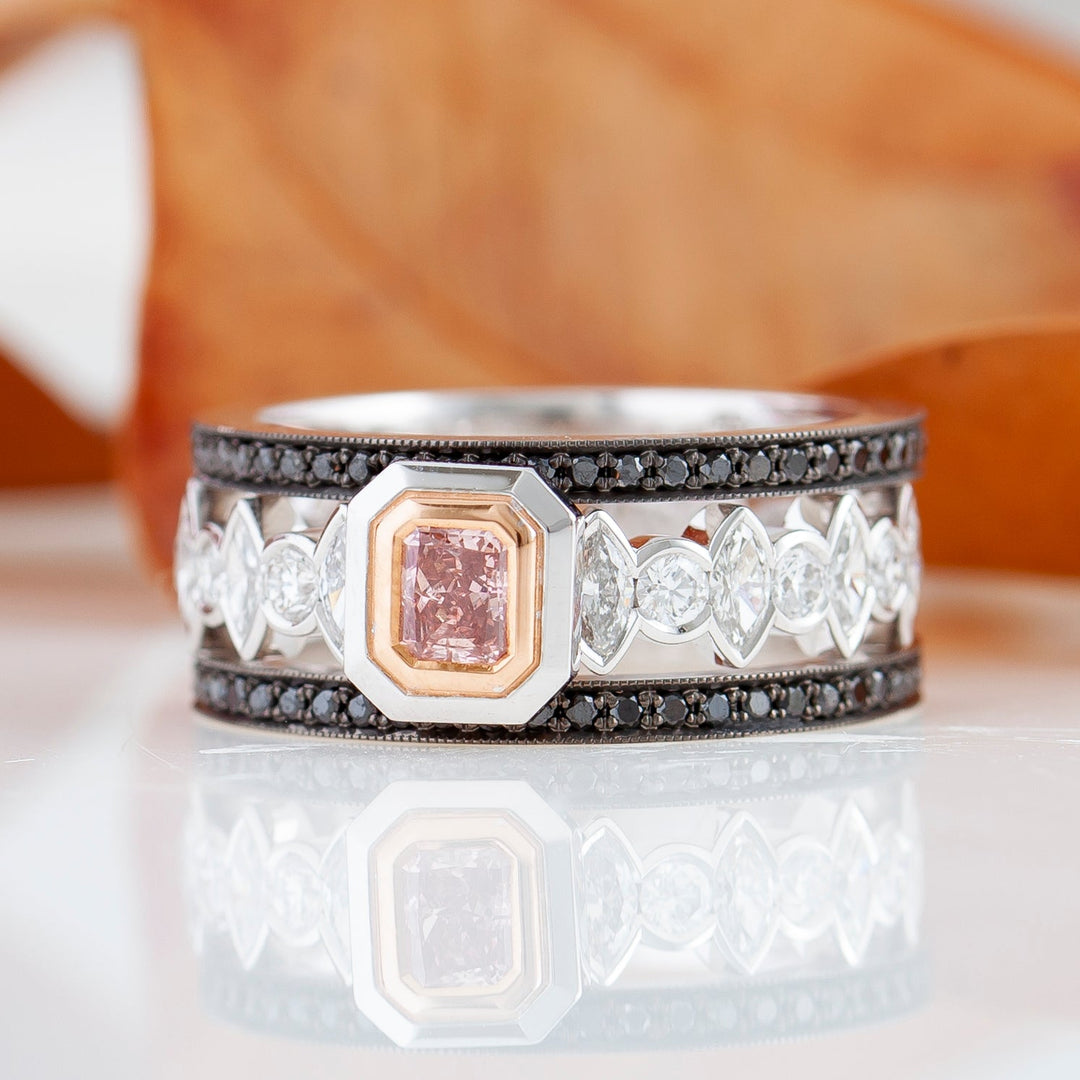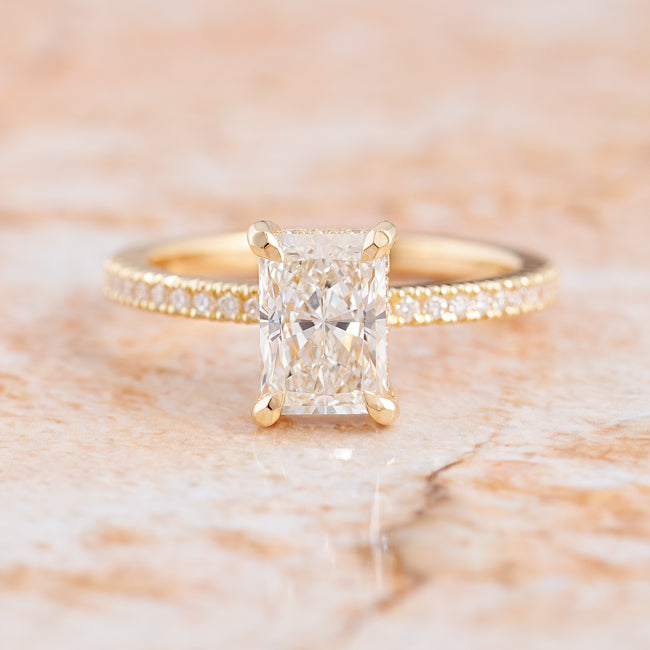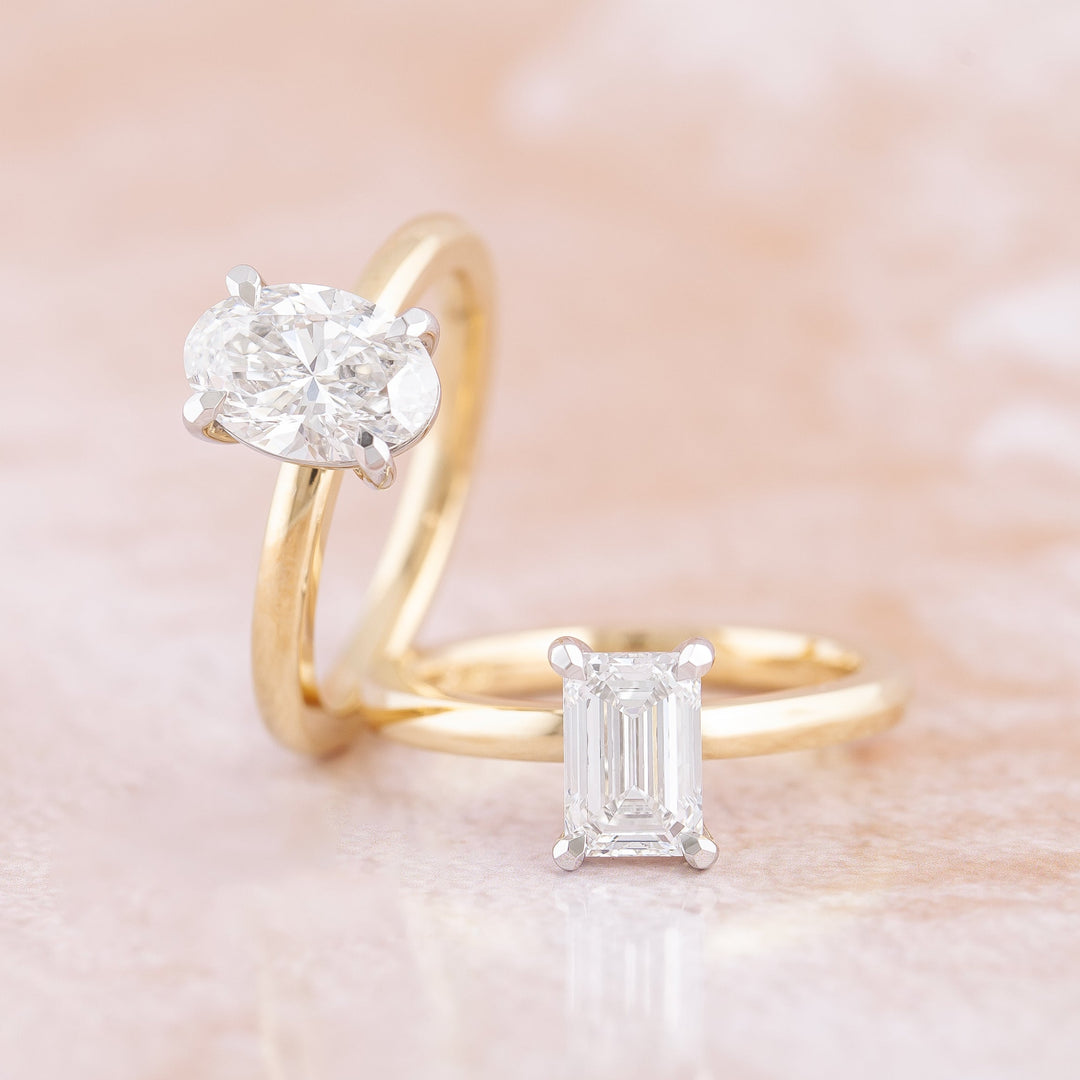What are lab diamonds? Are they real?
Part One
As lab diamonds become increasingly popular we're sharing our thoughts on them and how, although natural diamonds will always be our first love, there is a place in the industry for lab diamonds and they're here to stay.
Diamonds have long been cherished for their timeless beauty and remarkable durability. Lab-grown diamonds are created through a technological process that replicates the conditions necessary for diamond formation deep within the Earth's crust. We'll expand on this a bit more later.
With the global market value of lab-grown diamonds predicted to rise from $US22.45 billion ($33.88 billion) in 2022 to $US37.32 billion ($56.32 billion) by 2028, big players internationally are coming on board.

Exceptional Quality and Beauty
Lab diamonds possess the same physical, chemical, and optical properties as natural diamonds. They exhibit the same brilliance, sparkle, and hardness, making them indistinguishable to the naked eye.
Advanced technology and meticulous craftsmanship ensure that lab-grown diamonds meet the highest standards of quality and are available in a wide range of colours and clarities. When it comes to the creation process for diamonds (either natural or lab grown), the colour and clarity of a diamond is completely out of our control.

In the picture below, we have 3 rough diamonds, the first diamond on the left hand side is a lab grown diamond using Chemical Vapour Deposition (CVD) technology for development. The CVD process is the modern and refined way of producing Lab-Grown Diamonds.
The Octahedron shaped diamond below (top right hand side) is a natural diamond, presenting in its most ideal form.
The last diamond in the image is a lab grown diamond made through a HPHT (High Pressure High Temperature) process. The HPHT method was the original way to produce man-made diamonds, and you'll generally find these diamonds to be smaller and less than 2.0ct.

In Jodi’s opinion, you can compromise a little on colour and less on clarity but never compromise on the cut. The cut is very much controlled, so why settle for second best? Sometimes a lower grade colour can give a beautiful vintage feel to a diamond, imagine the faintest tint of yellow in a beautiful emerald cut diamond, set into a classic yellow gold ring… beautifully vintage inspired by an era long past.

So why would you buy a lab diamond over a natural diamond?
In our opinion, you buy a lab diamond based on the price and environmental factors (which we'll talk about in part 2). The price of either a natural or lab diamond can vary due to numerous factors.
Typically, a 2 carat natural mined diamond with exceptional quality is significantly more expensive than a lab-grown diamond with similar attributes. So if you want big and sparkly with all the characteristics of a natural diamond but without the price tag, maybe you should explore lab diamonds a little more.

To ensure we give you the best information possible, we've broken this blog up into 2 parts - read part two here, which includes how to pick the perfect lab diamond.
If you'd like more information on the collection of lab grown diamonds stocked here at Jewels of the Kimberley, please reach out we'd love to show you our unique and affordable collection.




